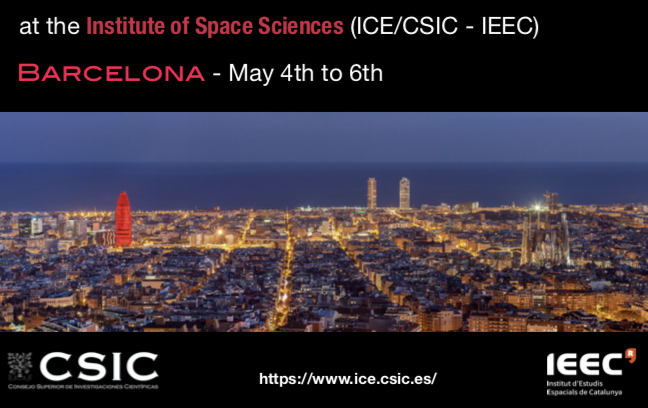Speaker
Description
Current and future imaging surveys require estimating photometric redshifts of millions of galaxies. Improving the photo-z quality is a major challenge to advance our understanding of cosmology. In this work, we have explored how the synergies between narrow-band photometric data and large imaging surveys can be exploited to improve broad-band photometric redshifts. We use a multi-task learning network to improve broad-band photo-z estimates by simultaneously predicting the broad-band photo-z and the narrow-band photometry from the broad-band photometry. The narrow-band photometry is only required in the training field, which enables better photo-z predictions also for the galaxies without narrow-band photometry in the wide field. This technique is tested with data from the Physics of the Accelerating Universe Survey (PAUS) in the COSMOS field. We find that the method predicts photo-z that are 14\% more precise down to magnitude i_{AB}<23 while reducing the outlier rate by 40% with respect to photo-z estimated solely from broad bands. Furthermore, MTL significantly reduces the photo-z bias for high-redshift galaxies, improving the redshift distributions for tomographic bins with z>1. We have also studied the effects of extending the training sample with photometric galaxies using PAUS high-precision photo-z, which further reduces the photo-z scatter.

